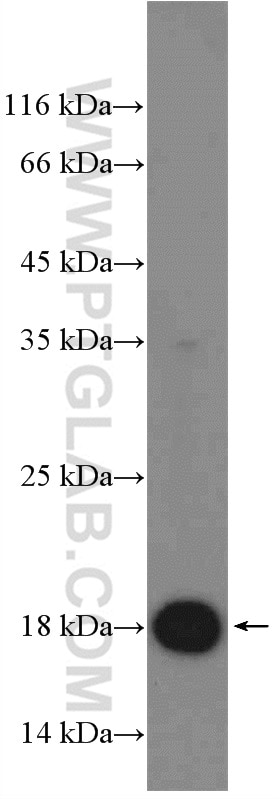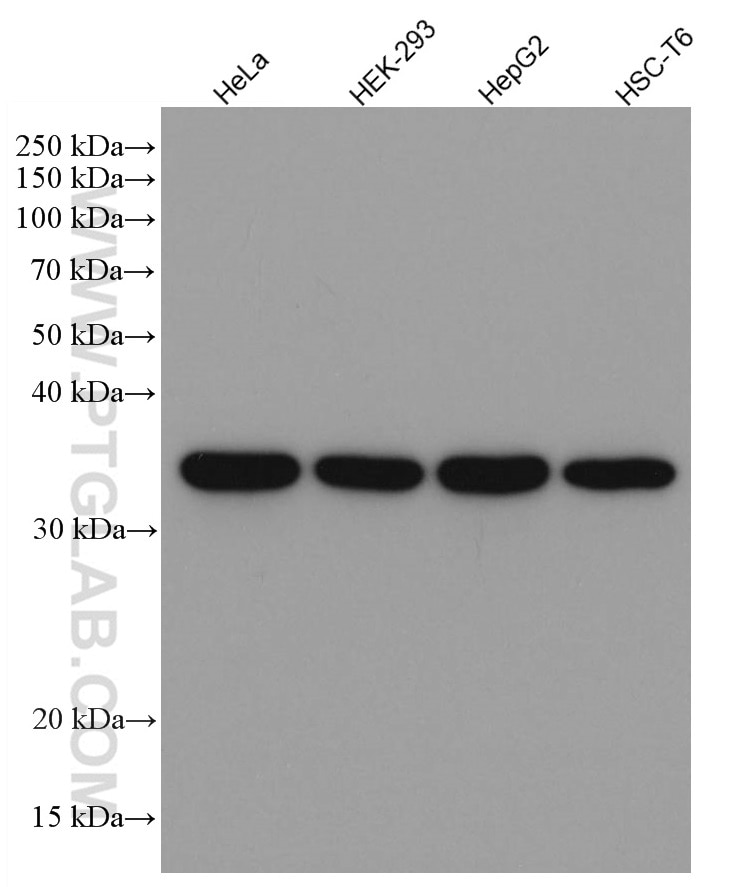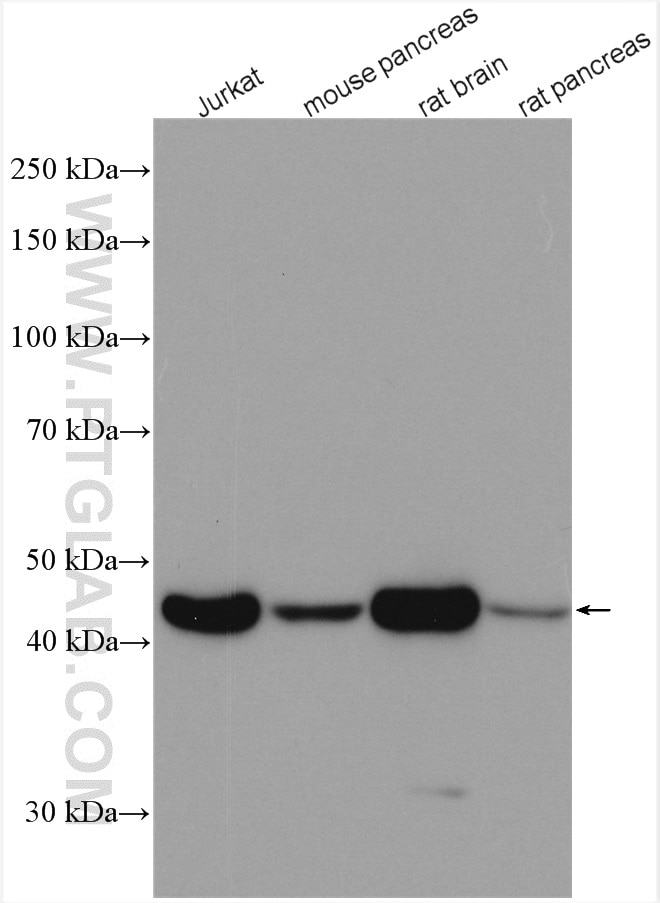CAS9 / CRISPR Antibody
Cas9: A versatile tool for gene engineering
Cas9 (CRISPR associated protein 9) is an RNA-guided DNA endonuclease enzyme associated with the CRISPR (clustered regularly interspaced short palindromic repeats) system. CRISPR forms part of the adaptive immune system and can help to protect against different viruses.
| Antibody | Type | Catalog no. | Applications |
| Cas9 | Rabbit polyclonal | 26758-1-AP | ELISA, WB |
View the Cas9 product page here |
| Cas9 | |
 |
Recombinant protein was subjected to SDS PAGE followed by western blotting with Cas9-specific antibody (26758-1-AP) at a dilution of 1:3000. |
Cas9 and CRISPR
Remarkable progress in CRISPR technology has been made over recent years due to Cas9 and hundreds of recent publications focusing on this small RNA-guided DNA endonuclease enzyme. When Cas9 is specifically located within the genome, it has the ability to precisely edit the genome. Cas9 controls diverse cellular functions and behavior by co-localizing proteins, RNA, or DNA. Therefore, Cas9 and CRISP are used as a tool for synthetic biology.
CRISPR mechanism
The main components of the CRISPR system are:
- Cas9
- Guide RNA (gRNA)
The gRNA is a very short synthetic RNA that binds to Cas9 and defines the target of interest to be modified. The target can easily be changed by changing the gRNA. As the design of gRNAs is quite simple, CRISPR become a powerful tool in genome editing. Originally, CRISPR was only used for knock-out experiments. Recent modifications of Cas9 also opened the way for selective repression or activation of the target of interest or purification of a certain DNA region.
Related products
Loading control antibodies
| GAPDH Antibody |  |
| Catalog no.: 60004-1-Ig | |
|
GAPDH is commonly used as a protein loading control in western blot due to its consistently high expression in most cell types. This enzyme participates in several cellular events such as glycolysis, DNA repair, and apoptosis. Proteintech monoclonal GAPDH antibodies are raised against a whole-protein antigen of human origin and have over 4,960 citations. |
| Beta Actin Antibody (KD/KO validated) |  |
| Catalog no.: 66009-1-Ig | |
|
Beta-actin is usually used as a loading control due to its broad and consistent expression across all eukaryotic cell types and the fact that expression levels of this protein are not affected by most experimental treatments. 66009-1-Ig has been cited in over 2,460 publications and has wide species reactivity. |